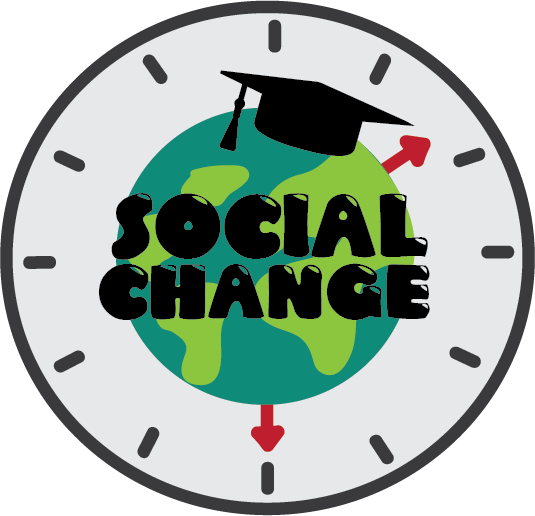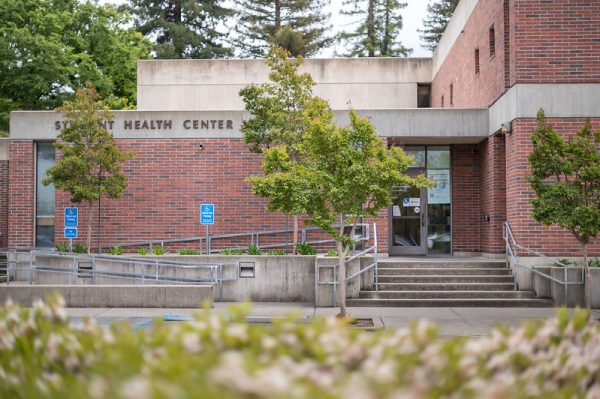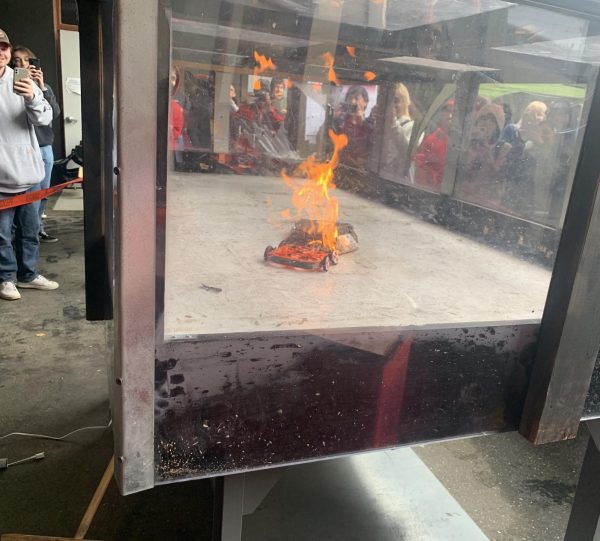Times Are Changing, So Should Your Educational Institution

At the age of 30 I entered my first four-year college course. I lived most of my 20s as the working poor. I went to dig myself out of economic poverty, but there was one little problem.
How am I supposed to navigate a college structure that isn’t conducive to my lifestyle as an adult in society? I have a job and rely on it heavily in order to pay off bills and debt.
I am lucky enough to have a family that can economically support me if I fall short on a payment for a bill or other financial issue.
What if I didn’t have this privilege?
While contemplating this question I stumbled onto the bigger quandary; why do we still use a school system that was meant for upper-class, white males?
Statistics are showing that more women and minorities are enrolling and graduating from four-year universities than the white men who created it.
The National Center for Education Statistics calculated the overall college enrollment rate from 2000 to 2017 with a growth of 30%.
From 2000 to 2017, college enrollment rates of young adults increased by 5% for Black demographics, 14% for Hispanic demographics and 9% for Asian demographics.
Between 2000 and 2017, overall college enrollment rates increased for young adult females by 6%.
We are seeing more diversity on our college campuses than ever before. Our students have intersectional lives. They come from different cultural backgrounds with varying religious, social and economic situations.
According to Forbes magazine, student loan debt was at nearly $1.5 trillion in 2019.
A study done by the Education Data Organization during the 2015-2016 academic year, showed that nearly 83% of first-time students who were enrolled full-time received some form of financial aid.
This seems like a Band-Aid for a gaping and festering wound called America’s educational economic system.
About 40% of students worked at least 30 hours per week while also taking a full load of classes. According to a 2015 report, 25% of college students worked full-time while also attending school full-time.
We’re seeing an increase in college expenses and debt along with increasing rates of financial aid. Wouldn’t this imply that something is fundamentally wrong with our school structure?
We haven’t changed the system, we have only altered who is allowed to enroll. The Atlantic has an article titled “17 Questions Every College Should Be Asking,” by a U.S. Senator from Nebraska, Ben Sasse.
“As just one example, it is increasingly clear what purpose a four-year degree should serve when technology is changing the nature of work,” Sasse said, “These tidal economic and cultural changes should be prompting serious soul-searching in every board and faculty meeting, but most universities are deliberating with the urgency of 1951 becoming 1952.”
Our college system is moving at a snail’s pace for social, economic, and political change within our educational structure and the ones it affects the most are the students.

















